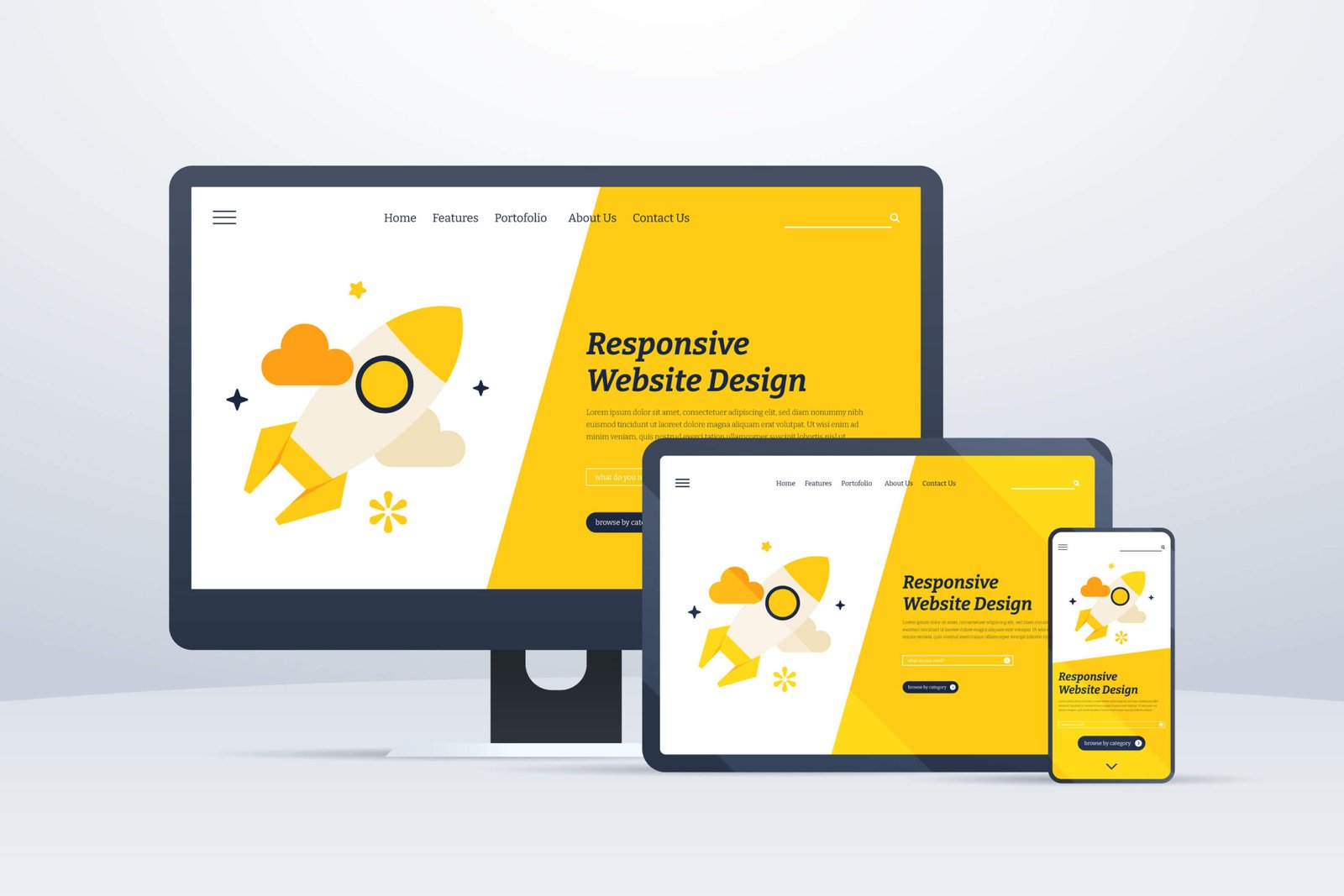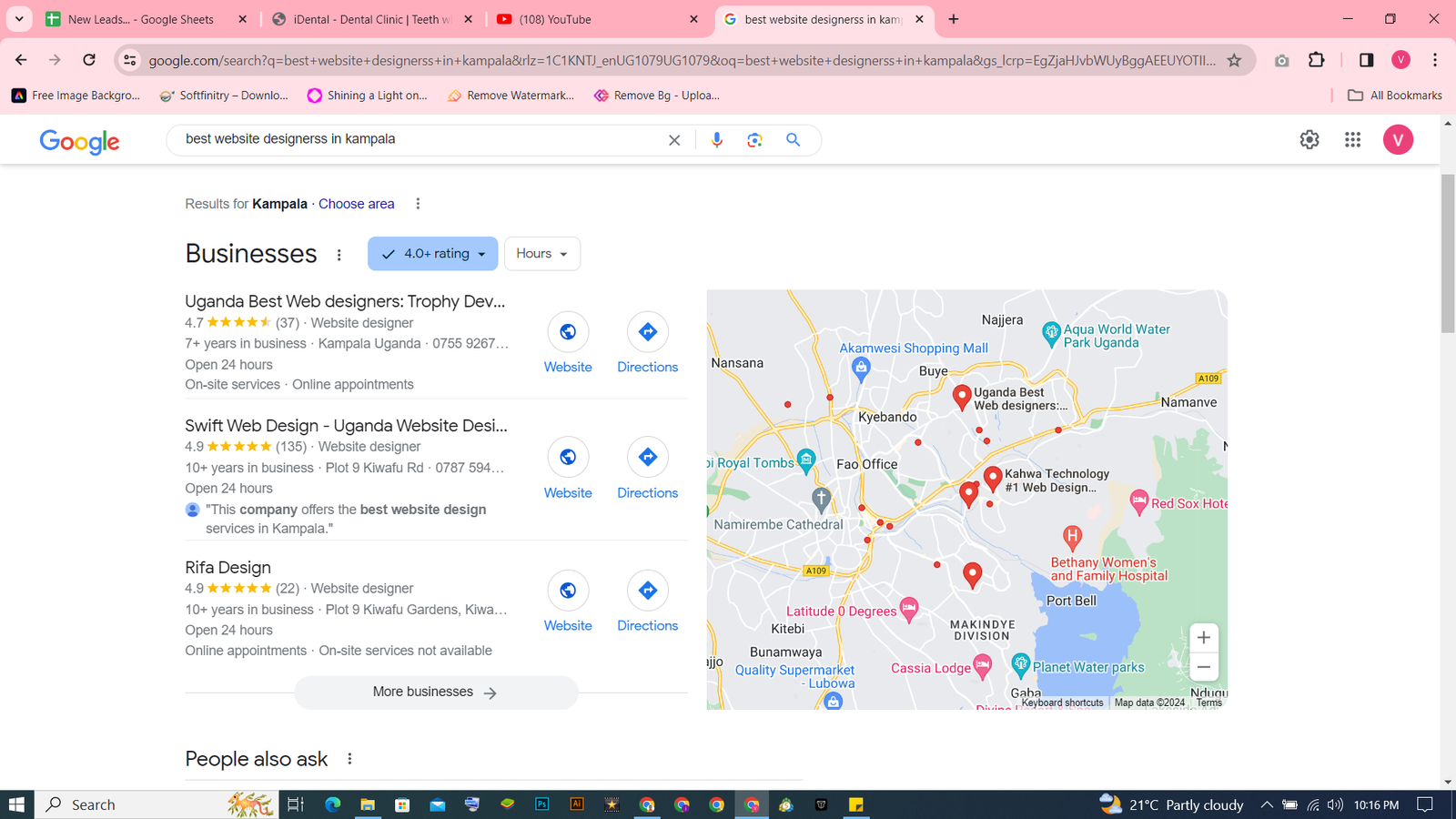In the vast digital landscape, where websites compete for attention, standing out is no easy feat. While many focus on intricate designs and flashy graphics, the key to success often lies in an approach that might seem surprisingly simple: user-centric design. In this article, we’ll delve into the transformative impact of prioritizing your audience and how it can turn your website into a potent marketing tool. Get ready to explore the fascinating world of user-centric design explained in a way even an 8th grader can understand.
Understanding User-Centric Design
Let’s start with the basics. User-centric design revolves around tailoring every aspect of your website to meet the needs and preferences of your audience. It’s not just about aesthetics; it’s about creating an intuitive and enjoyable experience for visitors.
The 8th Grader’s Guide to User-Centric Design
Imagine your website as a school project. Your audience, the students, should find it easy to navigate, just like finding their way through a well-organized classroom. The content, like the lessons, should be engaging and relatable. Keep it simple, colorful, and fun – just like the best projects in school.
Why User-Centric Design Matters
1. Boosting User Engagement
Remember the feeling of excitement when a lesson was captivating? User-centric design replicates that by capturing attention and encouraging users to explore more. This increased engagement can lead to longer time spent on your website, a crucial factor in SEO.
2. Enhancing Accessibility
Think about students with different learning styles. User-centric design caters to a diverse audience by making your website accessible to everyone. This inclusivity not only broadens your reach but also improves your website’s ranking.
3. Building Trust and Credibility
In the classroom, trust in the teacher is essential. On your website, trust is built through a seamless, reliable experience. When users find what they’re looking for effortlessly, it creates a positive perception, fostering trust and credibility.
Implementing User-Centric Design: A Step-by-Step Guide
Step 1: Know Your Audience
Just like preparing a lesson plan, understand your audience’s preferences, interests, and pain points. This knowledge forms the foundation of a user-centric design strategy.
Step 2: Simplify Navigation
A cluttered classroom is distracting. Similarly, a cluttered website confuses visitors. Streamline navigation, making it easy for users to find information without getting lost.
Step 3: Optimize for Mobile
Consider the variety of devices students use. Your website should be accessible on desktops, laptops, tablets, and smartphones. Mobile optimization is not just a trend; it’s a necessity.
Step 4: Engaging Content is Key

Create content that resonates with your audience. Use language they understand, incorporate visuals, and add interactive elements. Make learning – or navigating your website – an enjoyable experience.
The SEO Advantage of User-Centric Design
Now, let’s connect the dots between user-centric design and SEO. While it’s not about tricking search engines, a well-designed website naturally aligns with SEO principles.
1. Reducing Bounce Rates
Imagine a student leaving a boring class early. Bounce rates work the same way – lower bounce rates indicate that visitors are finding value in your content and staying longer.
2. Earning Quality Backlinks
Just as students refer classmates to excellent teachers, a user-centric website attracts organic backlinks. Others in your industry will naturally link to your valuable content.
3. Increasing Social Sharing
Think of social media as the school gossip. Engaging content encourages users to share, expanding your website’s reach and indirectly influencing your SEO.
Conclusion: Transforming Your Website into a Digital Success Story
In conclusion, user-centric design is not a complex theory; it’s a practical approach that can elevate your website to new heights. By understanding your audience, simplifying navigation, and optimizing for both users and search engines, you create a powerful synergy that goes beyond aesthetics. Remember, the key to digital success is not just in the pixels but in the people who engage with them. So, embark on this user-centric journey, and watch your website become a beacon of success in the online world.
Interested in working with RIFA DESIGN? Drop us a line at cs@rifadesign.com.
We are a Creative Digital Agency based in Kampala and Entebbe, specialising in Creative Web Design, Web Development, Branding and Digital Marketing.
We are also WordPress Content Management System experts.








